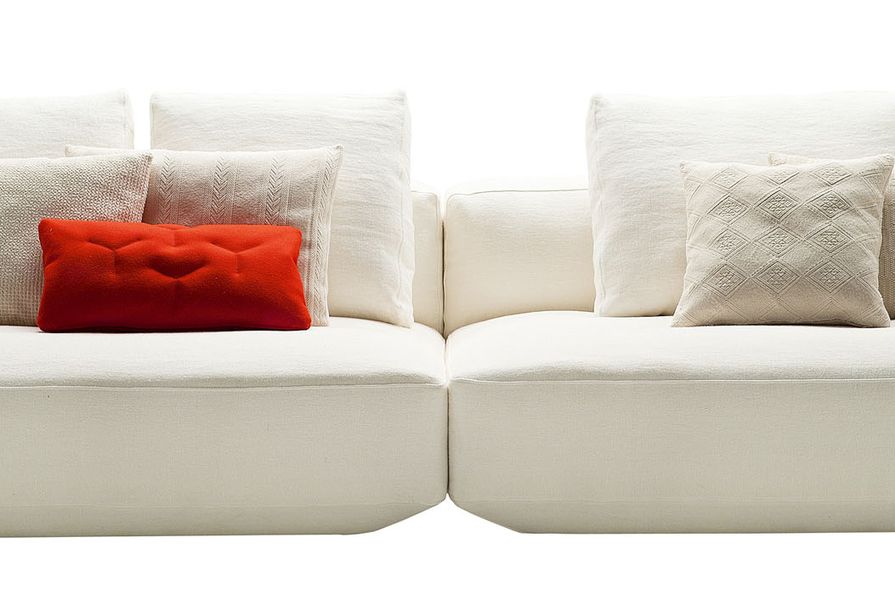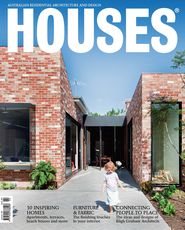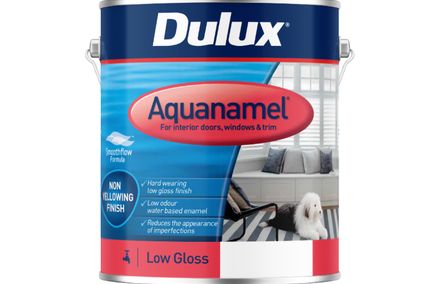“I am an employee,” laughs Roberto Palomba of his longstanding and highly successful partnership with fellow architect and designer – and wife – Ludovica Serafini. “She says, I do!” Partners in life and work, the Italian duo founded their studio, Palomba Serafini Associati, in Milan in 1994 and have since collaborated on architecture, furniture and kitchen and bathroom products, as well as art direction for a stellar line-up of manufacturers, from Zanotta, Driade and Foscarini to Kos and Laufen.

Roberto Palomba and Ludovica Serafini.
Image: Carlo Ciraudo and Max Majola
The studio’s work is typified by sleek lines and reduced forms – as seen in the Pianoalto modular sofa (2012) and Lama lounge chair (2006) for Zanotta. Its recent lighting design for Foscarini, Rituals (2013), is a glass pendant inspired by washi paper lanterns. Grooves on the lamp’s exterior modulate the intensity of the light and introduce a tactile surface to the organic shape. As Roberto explains, each piece is designed to be woven into the fabric of its users’ lives. “Design is not sculpture. I think about how people touch, use and enjoy each object.”
In spite of his studio’s own successes, Roberto cites the ambitions of Le Corbusier, Mies van der Rohe and the Bauhaus group as ongoing influences.
“Our generation needs to be courageous, like our forefathers, but too often we are just looking for money. Marcel Breuer swapped timber frames and upholstery for tubular steel and reinvented the way furniture was made – and we still use those methods today. [Architects today] have the chance to reinvent everything, but instead of changing the world, we change the colour of the curtains.”
Perhaps best known for their bathroomware design, Roberto and Ludovica made their first foray into the field motivated by the urge to change common perceptions of the bathroom – transforming a commodity into a sanctuary in which to relax and find mental calm. Their most recent collaboration explores the potential of the bathroom as a living space and is produced with Swiss bathroomware brand Laufen and Kartell, the iconic Italian manufacturer of vibrant plastic furniture. Though on the surface this partnership seems an unlikely pairing, Roberto explains that both companies found common ground in their shared focus on research, innovation and quality.
The seed for the collection was planted when Roberto approached Kartell CEO Claudio Luti about working together. Luti invited Roberto to design a bathroom collection for him – a flattering proposition, says Roberto, who then suggested Laufen could provide the specialist technology for production. The result is a geometric collection featuring slim lines and delicate edges, made possible by Laufen’s SaphirKeramik – a thin yet durable material almost half the weight of ceramic. Kartell’s signature translucent polycarbonate is modelled into mirrors, shelves and furniture, achieving a clear aesthetic identity for the range and continuing Roberto and Ludovica’s investigation into the bathroom as a living space.



















